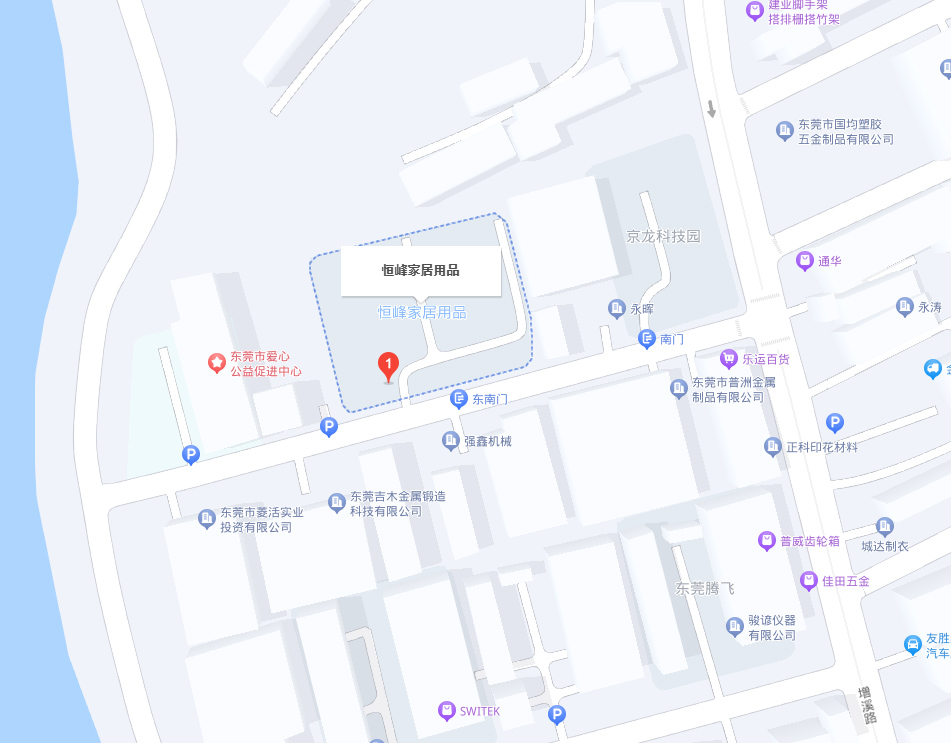When using point tape for positioning or fixing correctly,it is necessary to first understand its characteristics and choose the appropriate point tape according to specific needs.Point adhesive tape is widely used in fields such as electronics,machinery,and automation to help fix components or position components.Therefore,mastering the appropriate operating methods is the key to ensuring effectiveness.
Before using adhesive tape,first ensure that the target surface is clean and dust-free.Dust,oil stains,or other pollutants on the surface can affect the adhesion of the adhesive tape,resulting in weak adhesion.You can use non-woven or soft cloth to clean the surface,ensuring it is clean and dry.During the cleaning process,avoid using cleaning agents containing solvents or oils to avoid affecting the performance of the tape.
Choosing the appropriate adhesive tape is a crucial step in the operation.Different types of adhesive tape have different adhesiveness and usage scenarios,and the selection should be based on the material,shape,and usage environment of the required fixed object.For some lighter components,low viscosity point adhesive tape is usually chosen;For heavier or high stability components,a point adhesive tape with strong adhesion should be selected.
When starting to position or fix,the first step is to cut the point tape to the appropriate length.When cutting,try to keep it neat and avoid excess tape,which not only helps improve operational efficiency but also ensures more accurate pasting.After cutting,gently peel off a portion of the adhesive tape to avoid direct contact with the adhesive layer and maintain its stickiness.

Next,when positioning the object,it is necessary to ensure that the adhesive tape is evenly attached to the target position.You can gently press the center part of the tape with your hand,gradually unfolding it to both sides to ensure that the tape is in full contact with the surface and firmly adhered.During this process,avoid wrinkles or bubbles in the adhesive tape,as these issues can affect the fixing effect.Especially for finer components,excessive air residue may lead to unstable fixation or uneven force generation.
After pasting,if further fixation of the item is needed,use appropriate pressure to help the tape adhere fully.Avoid applying excessive pressure to prevent deformation or displacement of the tape.For special positioning requirements,positioning tools or auxiliary devices can be used to ensure the accuracy of each part.
It should be noted that after sticking the adhesive tape,there should not be too many peeling and adjustment positions.Frequent operations may affect the adhesion of the tape,resulting in a weakened effect.To ensure long-term adhesion and stability,it is recommended to avoid re adjustment as much as possible after fixation,especially in high temperature and high humidity environments where the adhesive of the tape may change over time.Therefore,it is very important to regularly check the fixation status.
The duration of use of adhesive tape should also take into account actual needs,avoiding prolonged load-bearing or environmental impact.Regularly checking the condition of the adhesive tape and replacing it in a timely manner can ensure that the item remains in the ideal fixed state at all times.
During the operation,if there is excessive adhesion or ineffective peeling of the tape,specialized peeling tools or heating methods can be used appropriately to help release the tape adhesion without damaging the surface or object.
If you are looking for related products or have any other questions, you can call our company's sales hotline at 0769-86415161 or 138-2923-0758 at any time. You can also leave us a message below and we will serve you enthusiastically!

